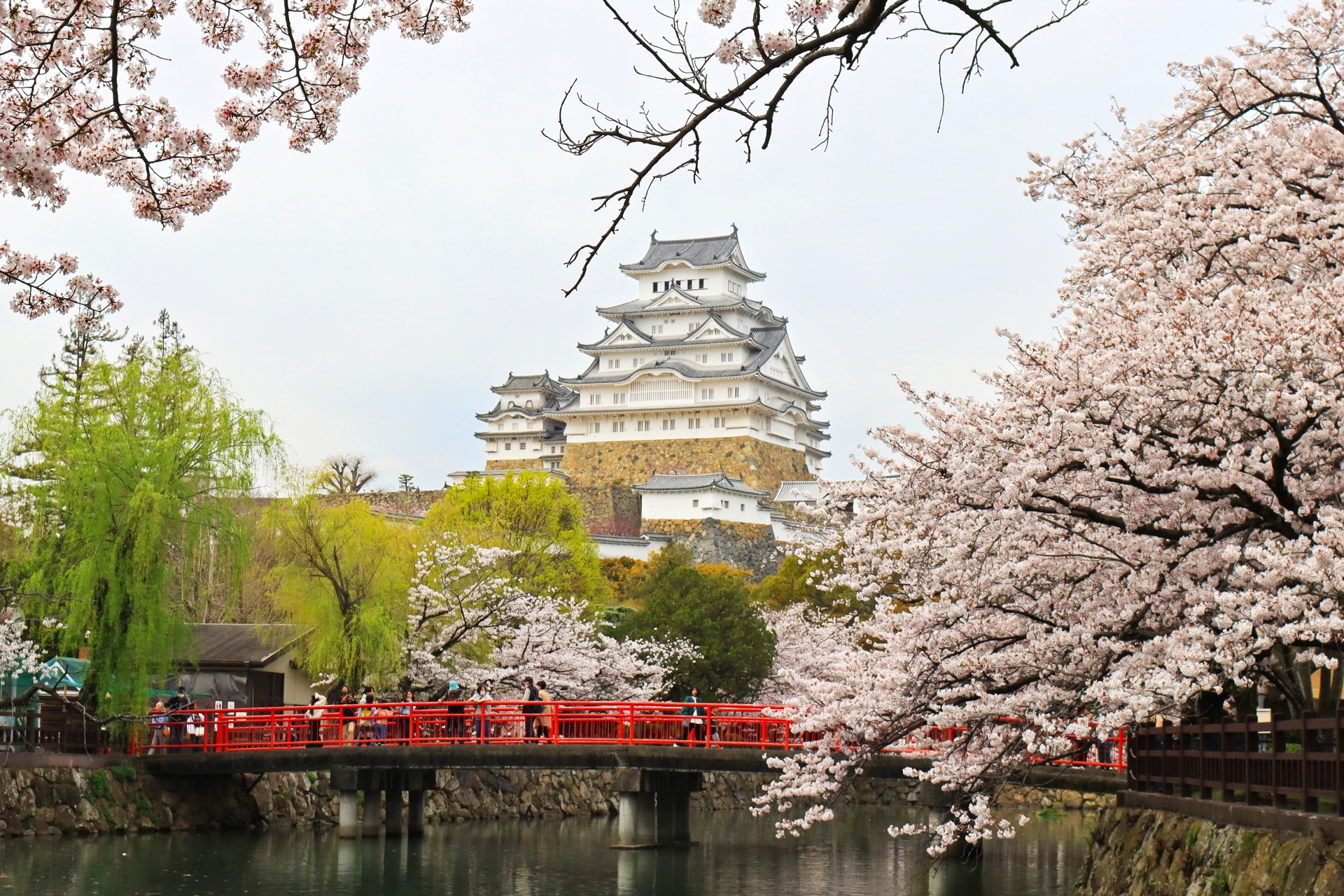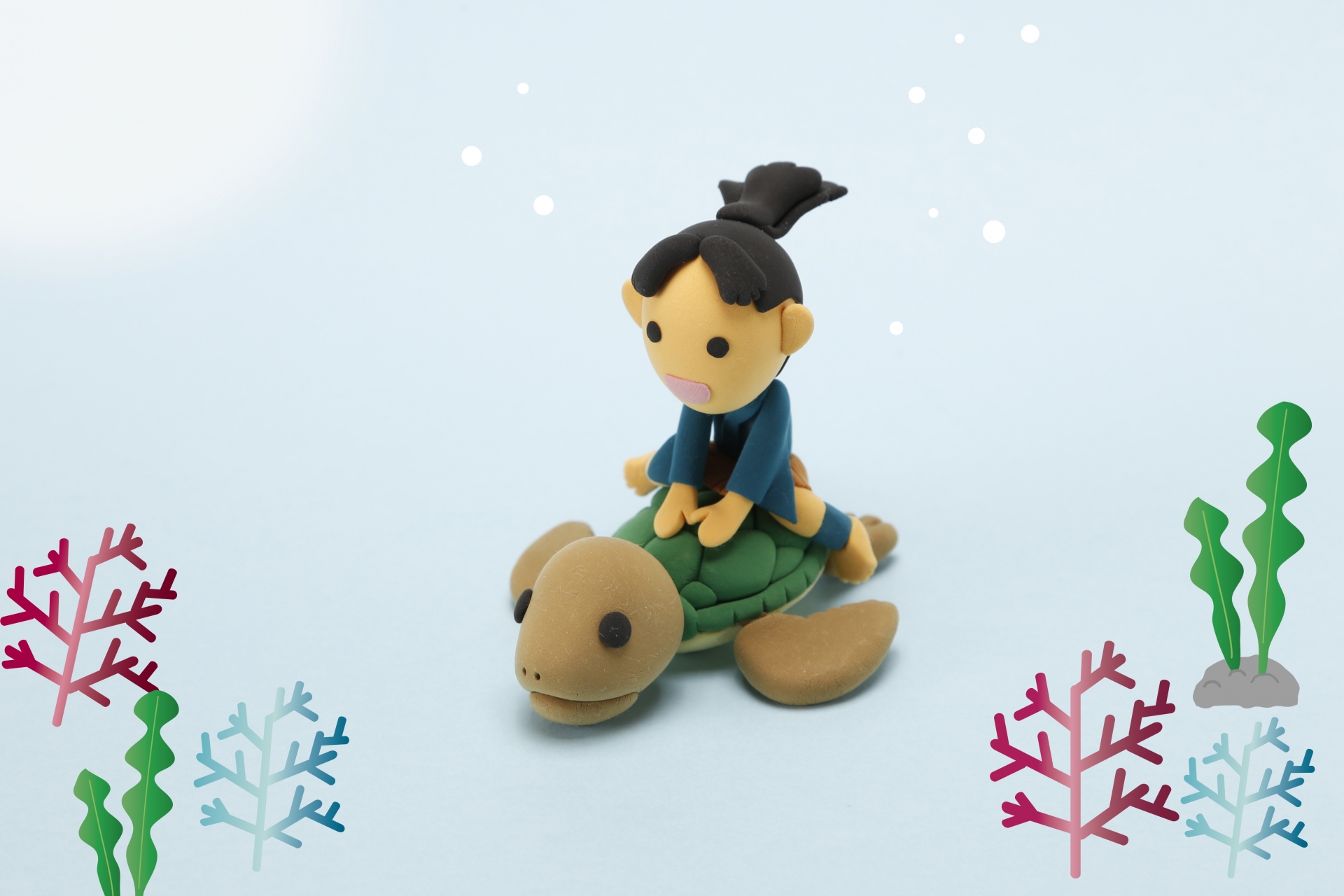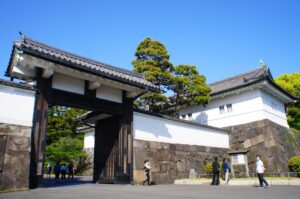The tale of Urashima Taro is one of Japan’s most enduring folktales, blending themes of kindness, mystery, and the irreversible passage of time. In this article, we’ll retell the story in simple terms, uncover its cultural significance, examine literary interpretations, and reveal how it continues to influence pop culture and philosophical ideas about time.
Who Was Urashima Taro?

Urashima Taro is the protagonist of one of Japan’s most iconic folktales. Often portrayed as a humble and compassionate fisherman, Urashima Taro’s story begins with a simple act of kindness: rescuing a turtle from being harmed by children on the beach. This act sets off a chain of extraordinary events that leads him to an underwater kingdom and an encounter with the mysterious Princess Otohime.
Symbolically, Urashima Taro represents the quintessential tragic hero of Japanese folklore—someone who is gentle, respectful of nature, and ultimately a victim of time’s cruel indifference. His tale embodies themes of impermanence and the emotional consequences of choices made with limited understanding.
Western audiences might find a familiar parallel in the story of Rip Van Winkle, who also experiences a prolonged absence from his world only to return and find everything changed. However, Urashima Taro’s story is even more steeped in philosophical and cultural nuance, especially concerning the perception of time and the connection between humanity and the supernatural.
The Story of Urashima Taro: A Simple Retelling
Once upon a time, a kind fisherman named Urashima Taro saw a group of children tormenting a small turtle on the beach. Feeling compassion, he rescued the turtle and set it free into the sea. The next day, a much larger turtle appeared and spoke to him, revealing itself to be the creature he had saved. The turtle invited Urashima to the Dragon Palace, or Ryugu-jo, under the sea as a token of gratitude.
There, Urashima was welcomed by Princess Otohime and marveled at the beauty and serenity of the palace. He spent what felt like a few blissful days enjoying the wonders of the underwater world. When he finally asked to return home, the princess gave him a mysterious box called Tamatebako and warned him never to open it.
Back on land, Urashima was shocked to find that everything had changed. His village was gone, and no one remembered him. As despair and confusion took hold, he opened the box—and in an instant, he aged hundreds of years. The magical time he spent under the sea had disconnected him from the human world forever.
Symbolism and Cultural Significance of the Tale

The story of Urashima Taro is rich with symbolic elements that reflect Japanese cultural beliefs and spiritual teachings. The turtle he saves represents longevity and good fortune, commonly associated with the sea god in Japanese mythology. Its invitation to the underwater Dragon Palace introduces the theme of an otherworldly realm where time flows differently.
Ryugu-jo, the Dragon Palace, symbolizes paradise or the afterlife, depending on interpretation. It is a place of beauty and joy, yet also a deceptive haven that detaches one from reality. The Tamatebako (the mysterious box) is central to the story’s moral. It represents forbidden knowledge, human curiosity, and the inescapable passage of time. Opening it brings about the irreversible consequences of leaving one’s natural world and returning to it changed.
These symbols tie into both Buddhist and Shinto concepts. From Buddhism, the tale reflects impermanence (mujo) and detachment from worldly concerns. From Shinto, it draws upon the connection between humans and kami (spirits), especially those linked to nature like the sea.
Where Did the Tale Originate?
Urashima Taro’s story is deeply rooted in specific Japanese regions, with the Tango Peninsula in Kyoto and Kinosaki in Hyogo Prefecture both claiming connections to the tale. The Tango area is home to the Urashima Shrine, believed by locals to commemorate the fisherman. Statues and plaques in these regions celebrate Urashima as a semi-historical figure.
Several towns hold folklore festivals and exhibitions centered on the tale, blending regional pride with storytelling. These cultural hotspots invite both tourists and researchers to explore how oral tradition and myth have shaped the story over centuries. Folklore tourism around Urashima Taro demonstrates how the tale lives on in the collective memory of these communities.


The Real-Life Inspiration: Was There a Model for Urashima Taro?
The earliest known references to the Urashima story appear in ancient texts like the “Nihon Shoki” and the “Man’yōshū,” dating back to the 8th century. These texts describe a man who journeys to a mystical place across the sea and returns to find centuries have passed.
While no definitive historical figure is confirmed to be the model for Urashima Taro, some scholars suggest the story may have been inspired by early travelers or seafarers who experienced extended absences. Others argue it evolved from older myths about interactions with the gods or journeys to the underworld.
Moral Lessons from Urashima Taro
The tale imparts several moral lessons that resonate across cultures and ages. One of the most prominent is the importance of obeying instructions—Urashima is told not to open the box but does so, leading to tragic consequences. This aligns with the archetype of forbidden knowledge, seen also in stories like Pandora’s Box.
Another theme is the transient nature of happiness and life. The story teaches acceptance of impermanence and warns against trying to hold onto an idealized past. Educators and parents often use this story to teach children about consequences, respect for nature, and the mystery of time.
How the Tale Reflects Japanese Views on Time and Afterlife
Urashima Taro’s narrative functions as a metaphor for time dilation, a concept that modern science recognizes but which folklore intuitively explored centuries ago. The “Urashima effect,” as it is sometimes called, mirrors the idea of time travel where the protagonist experiences time differently than the world he leaves behind.
Ryugu-jo can be interpreted as a place beyond time—possibly the afterlife, a dreamscape, or even a limbo. The timelessness there, and the sudden confrontation with aging upon return, evoke themes of death and reincarnation, common in both Shinto and Buddhist thought.
This story also parallels Western narratives like Rip Van Winkle or even modern sci-fi, emphasizing the disconnection between personal experience and objective reality. It invites readers to question the nature of memory, time, and the irreversible consequences of stepping outside one’s world.
Urashima Taro in Modern Pop Culture
The legacy of Urashima Taro continues in modern Japanese pop culture. Anime and manga often reference the tale either directly or symbolically. In the world of Pokémon, the concept of time displacement echoes Urashima’s return. Doraemon, the famous robot cat, also features episodes that reinterpret the tale’s central ideas.
Other modern retellings appear in literature, video games, and TV dramas, where characters confront altered timelines, mysterious boxes, or undersea realms. The themes of lost time and tragic return appeal to audiences interested in both science fiction and emotional storytelling.
This enduring relevance shows how the tale’s moral and philosophical themes remain deeply woven into the fabric of Japanese narrative art—even influencing modern concepts like the “Urashima syndrome” used in psychological or time-travel contexts.
Educational Resources for Teaching Urashima Taro

Educators looking to introduce Urashima Taro to students have many free and engaging resources available. Websites like Storyboard That offer visual retellings and printable worksheets that help teach literary elements, moral lessons, and story structure.
NHK’s educational platforms, along with YouTube channels focused on Japanese culture, feature animated versions of the tale, some with English subtitles and voice narration. These are ideal for younger learners or ESL students.
For classroom storytelling, a simple script might go:
“Long ago, a kind fisherman saved a turtle. As thanks, he was taken to a magical palace under the sea. When he came back home, many years had passed. The box he opened aged him instantly, and he was never seen again.”
Picture books such as “Urashima Taro” by Ralph F. McCarthy or “Japanese Children’s Favorite Stories” include versions suitable for read-alouds and lesson planning.
Related Japanese Folktales and Their Common Themes
Many other Japanese folktales share the spiritual and moral depth found in Urashima Taro. Below is a comparison of well-known tales and their thematic similarities:
| Tale | Protagonist | Magical Element | Main Lesson | Ending |
| Urashima Taro | Fisherman | Time travel, magic box | Accept time and fate | Tragic loss |
| Momotaro | Peach Boy | Super strength | Teamwork and bravery | Triumphant |
| The Bamboo Cutter | Princess Kaguya | Lunar origin | Beauty is fleeting | Melancholic farewell |
| Issun Boshi | One-inch boy | Magic hammer | Courage over size | Heroic growth |
These stories reflect recurring motifs: the tension between human desire and fate, magical interventions, and the bittersweet nature of heroism.
Conclusion: Why the Tale Still Matters
The tale of Urashima Taro remains a timeless story that resonates with modern readers. Its emotional core—a man who is kind, ventures into the unknown, and pays the price of irreversibly lost time—strikes a deep chord. Through its symbols and narrative, it teaches humility, reverence for nature, and the profound mystery of time.
More than just a fairy tale, Urashima Taro’s journey encourages reflection on how we engage with the world around us. As society grapples with rapid change and technological leaps, this ancient story offers a poignant reminder of the human longing to pause, to return, and to belong.
Whether as folklore, philosophy, or parable, the story of Urashima Taro continues to inspire—and caution—generations around the world.











